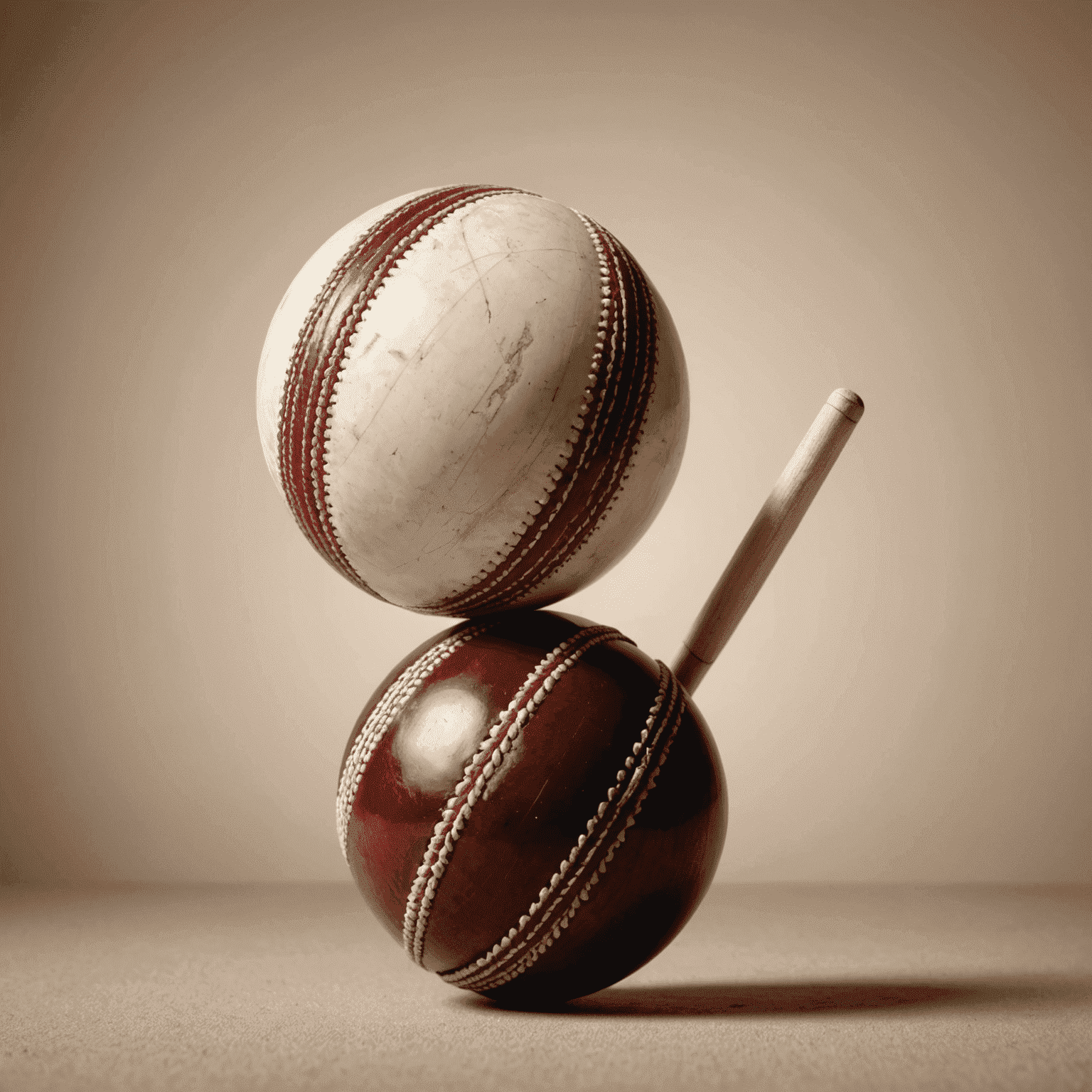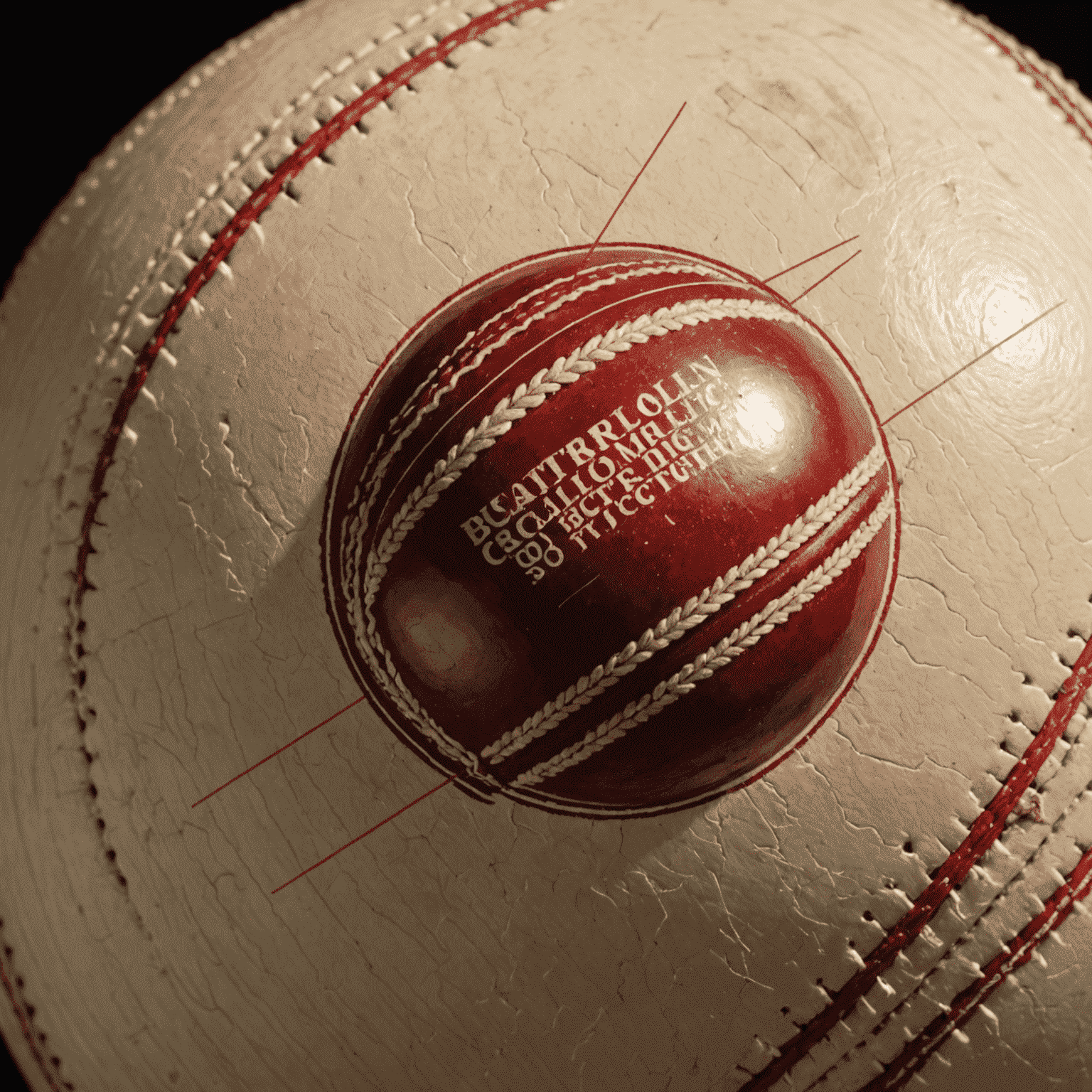Welcome to mysticfablles.com
Unraveling the Mysteries of Cricket Ball Movement
Dive into the fascinating world of cricket ball physics and bowling techniques with our expert analysis and in-depth articles.
Explore the Science of Cricket
Our blog delves deep into the intricate physics behind cricket ball movement, covering topics such as:
- The aerodynamics of spin bowling
- The science of swing and reverse swing
- Seam position and its impact on ball trajectory
- Advanced bowling techniques and their physical principles
Whether you're a cricket enthusiast, a player looking to improve your game, or a coach seeking to understand the finer points of bowling, our articles provide valuable insights and analysis.
Why Choose mysticfablles.com?
- Expert contributors with backgrounds in physics and professional cricket
- In-depth analysis of ball movement using cutting-edge technology
- Practical tips for bowlers to apply scientific principles in their game
- Regular updates on the latest research in cricket ball physics
Join us on this exciting journey as we explore the science behind cricket ball movement. Enhance your understanding of the game and take your cricket knowledge to the next level!
RegisterLatest Posts

The Art of Spin Bowling
Explore the techniques and physics behind spin bowling in cricket, including off-spin, leg-spin, and variations.
Read More
Mastering Swing: A Bowler's Guide
Dive into the aerodynamics of swing bowling, discussing factors like humidity, ball condition, and bowling action.
Read More
Seam Bowling: Precision and Control
Analyze the mechanics of seam bowling, its effectiveness in different pitch conditions, and strategies for success.
Read More